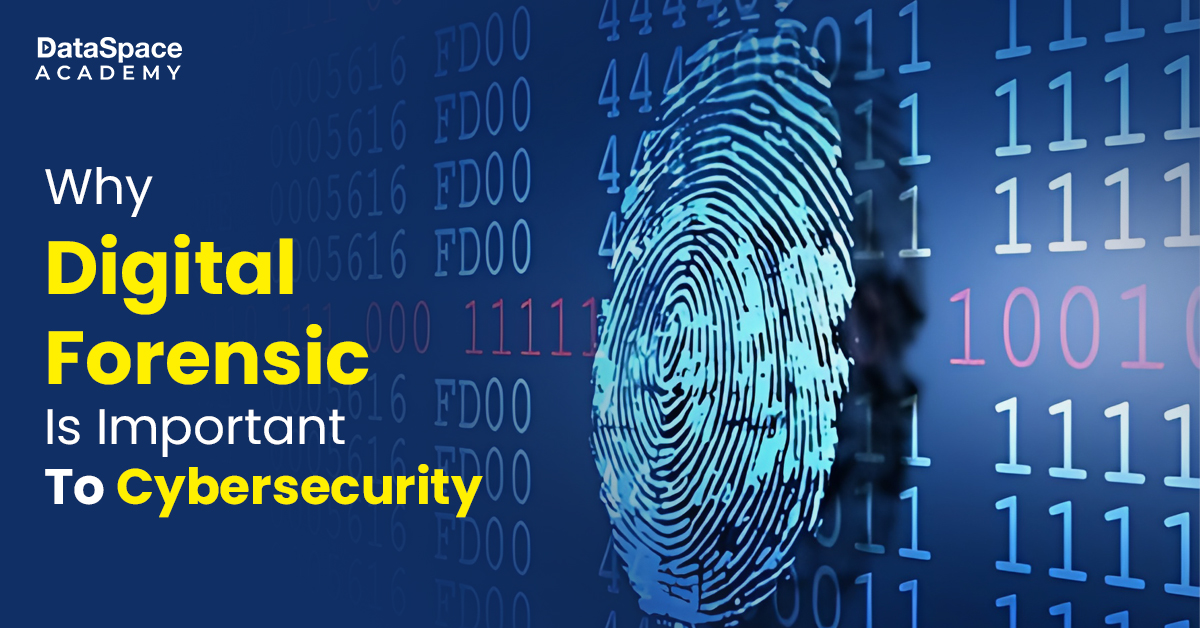1. What is Digital Forensics?
Digital forensics is the process of identification, preservation, analysis, and presentation of digital evidence for investigation or legal purposes. It is used in situations such as:
Cybercrime investigations.
Data breaches.
Insider threats.
Legal disputes over digital evidence.
2. The Role of Cybersecurity in Digital Forensics
Cybersecurity plays a vital role in digital forensics in several ways:
a. Prevention of Data Compromise
Importance: Cybersecurity measures protect systems and data from unauthorized access, thus reducing the chances of evidence tampering.
Example: Firewalls, IDSs, and encryption ensure forensic data is not changed.
b. Incident Response
Importance: Cybersecurity experts may be first in line for responses to an incident, and those efforts provide a basis for the forensic examination.
Example: Acquiring logs, capturing volatile data, and containing affected systems.
c. Evidence Preservation
Importance: Cybersecurity practices safeguard evidence integrity to support forensic examination and potential admission into a legal proceeding.
Example: Utilizing secure storage and cryptographic hashes to authenticate evidence.
Importance: Cybersecurity tools and practices help detect malicious activities, enabling forensics teams to attribute attacks to specific actors or methods.
Example: Analyzing malware, tracing IP addresses, or identifying patterns in network traffic.
e. Collaboration with Forensics Experts
Importance: Cybersecurity teams work closely with forensic experts to understand attack vectors, reconstruct events, and build comprehensive case reports.
Example: Sharing logs, alerts, and system configurations to aid in forensic timelines.
f. Compliance with Legal and Ethical Standards
Importance: Cybersecurity frameworks usually follow legal compliance, making sure forensic procedures are within regulations.
Example: GDPR, HIPAA, or PCI DSS guidelines.
3. Major Cybersecurity Tools in Digital Forensics
Cybersecurity tools often work both as protection tools and investigation tools:
SIEM (Security Information and Event Management): To collect logs and monitor in real time.
Endpoint Detection and Response (EDR): To capture endpoint activity.
Network Analyzers: Tools such as Wireshark help analyze the network traffic to identify anomalies.
Forensic Imaging Tools: Cybersecurity ensures that the imaging for tools like FTK Imager or EnCase is secure.
Malware Analysis Sandboxes: Cybersecurity ensures that malicious files are isolated and safely studied.
4. Real-World Applications
Cybercrime Investigations: Discovery of phishing campaigns, ransomware attacks, or identity thefts.
Corporate Incident Handling: Discovery of insider threats, intellectual property theft, or unauthorized data access.
Litigation Support: Evidence provided in electronic form for lawsuits, including email fraud or financial fraud.
5. Challenges at Intersections
Evolving Threat Landscape: Cyber criminals always adopt new techniques which must change the cybersecurity and forensic approaches.
Volume of Data: Too much data can quickly overwhelm both cybersecurity and forensic processes.
Encryption and Privacy: Balancing individual and organizational needs to reveal evidence with ethical and legal constraint
Cross-Border Issues: With cases that span across several borders, cybersecurity and digital forensics often encounter problems related to jurisdiction.


No comments:
Post a Comment